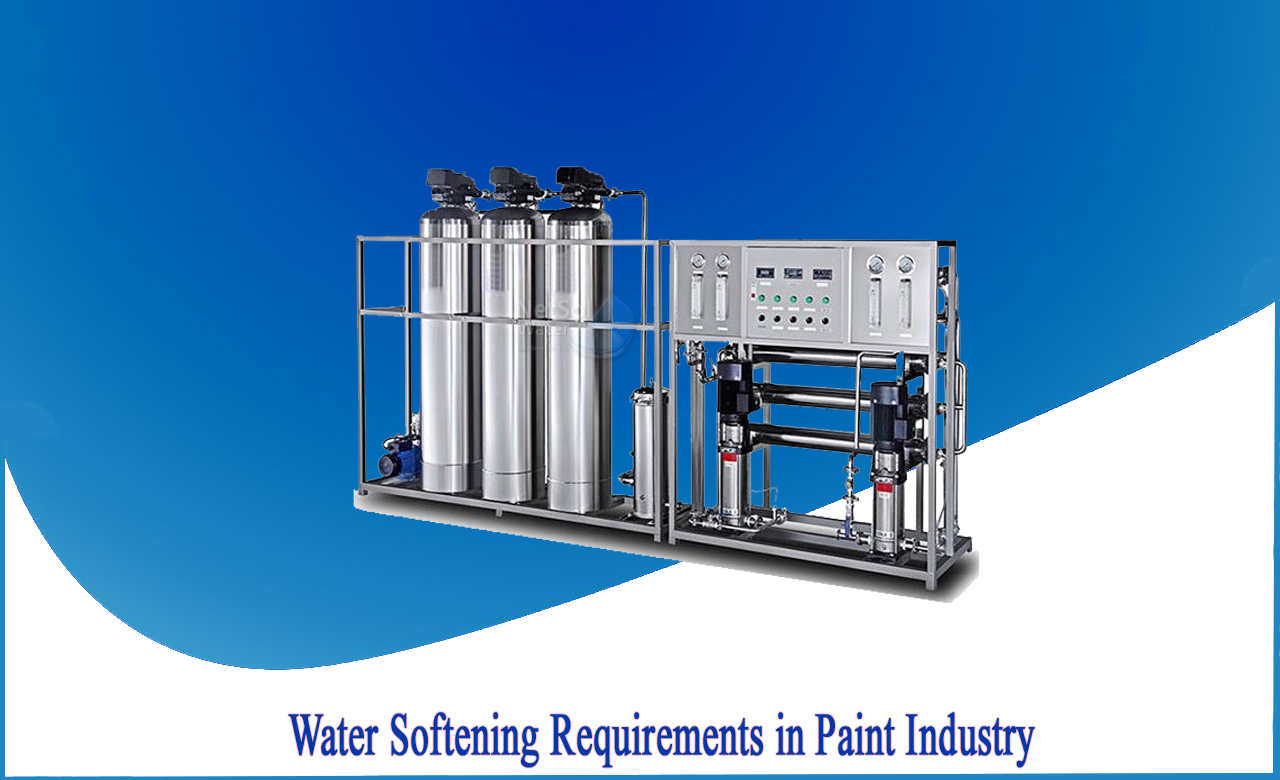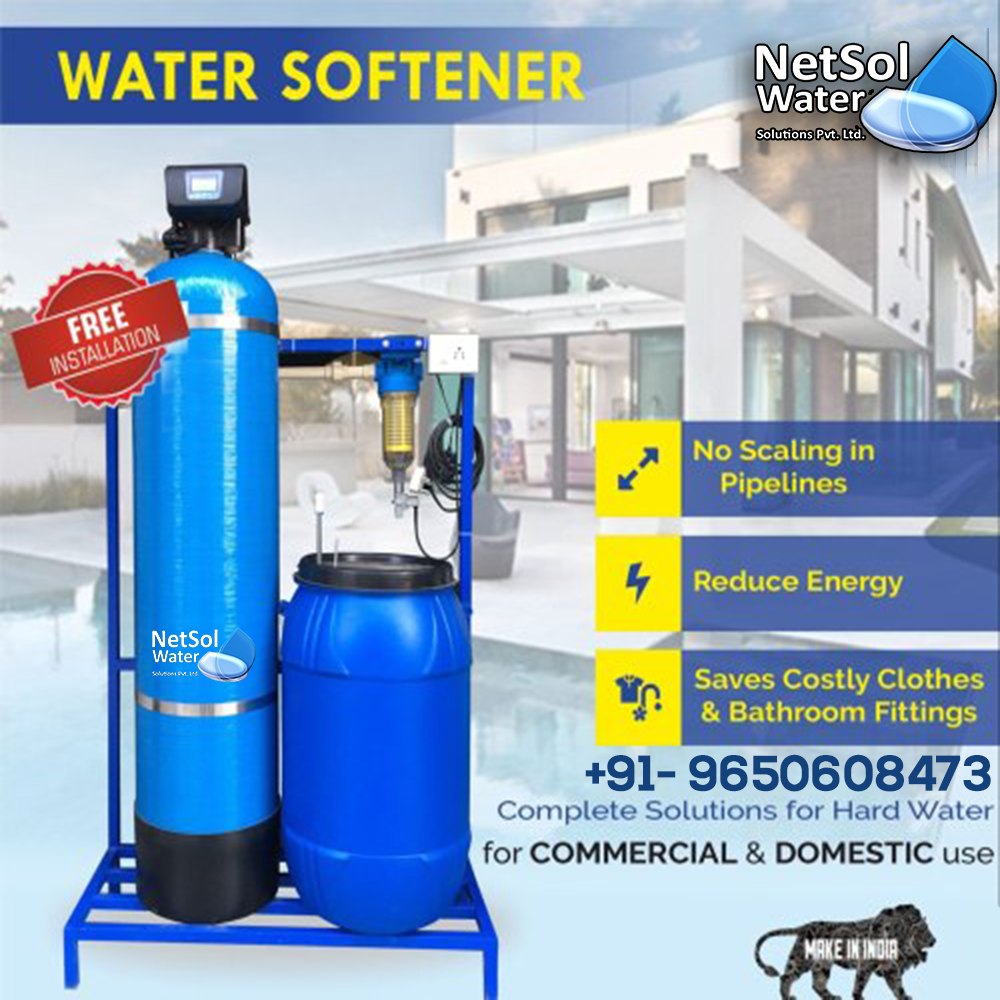Why water softener requirements in paint industry?
The process of eliminating the dissolved calcium and magnesium salts that produce hardness in water is known as water softening. Softened water, unlike hard water, does not build up insoluble scale or precipitates in pipes and tanks, nor does it interfere with cleansers like soap. Many businesses require water softening, and modest water softening machines are utilized in residences in a number of nations. Calcium and magnesium in hard water produce a hard, adhering scale on the plates of boilers. Fuel consumption rises as a result of the scale's poor heat conductivity, and the boiler soon deteriorates due to external overheating of the plates. If there is sodium carbonate present, it hydrolyzes to produce free alkali, which causes caustic embrittlement and boiler plate failure.
Ion exchange or adding compounds that generate insoluble precipitates are two methods for softening water. Ammonia, borax, calcium hydroxide (slaked lime), or trisodium phosphate are some of the chemicals used for softening on a modest scale, frequently in combination with sodium carbonate (soda ash). To eliminate the precipitates, the lime-soda method of water softening must be followed by sedimentation and filtration. On a wide scale, water can be chemically softened by adding just enough lime to precipitate the calcium as carbonate and the magnesium as hydroxide, followed by the addition of sodium carbonate to eliminate the leftover calcium salts.
Water softening by ion exchange is a typical industrial practice. Water is passed through columns of a natural or synthetic resin that exchanges sodium ions for calcium and magnesium ions. Calcium and magnesium begin to appear in the water leaving the column after it has been in use for a while. The column must then be regenerated by slowly pouring a concentrated solution of common salt through it; the surplus sodium ions displace the ions that cause hardness, and the bed of exchanger is ready to use again after flushing with water.
Process and wash water are used in a variety of water-based paint pigment products by the paint and pigment industry. This industry uses 75 to 85 million gallons of water per day, with the majority of this water coming from municipal or public sources, followed by well and surface water sources. Only around 4% of the total water used in paint manufacturing gets recycled globally. Nearly 70% of total wastewater is discharged untreated, with nearly 25% not discharged but instead disposed of by evaporation or other means.
Cleaning the equipment required to create water-based paints generates the majority of the wastewater generated in paint and pigment manufacturing facilities. Mixers, thinning tanks, and tinting and filling machines are the most often cleaned items. Cleaning the equipment used in the preparation of resins, solvent-based paints, and other products generates wastewater as well.
Commercial and Industrial Water Softeners Have Numerous Advantages:
The advantages of commercial and industrial water softener systems are numerous, but here are a few highlights:
• Lower Chemical Costs / Consumption
• Lower Energy Consumption
• Equipment / Appliance Life Extension
• Lower Maintenance and Repair Costs
• Water Quality That Is More Consistent
With so many advantages of water softener in industries including the paint industry, it is regarded as an essential service of utmost importance and one should consider a perfect water softener before any set up.
Consult Netsol Water for further information!




